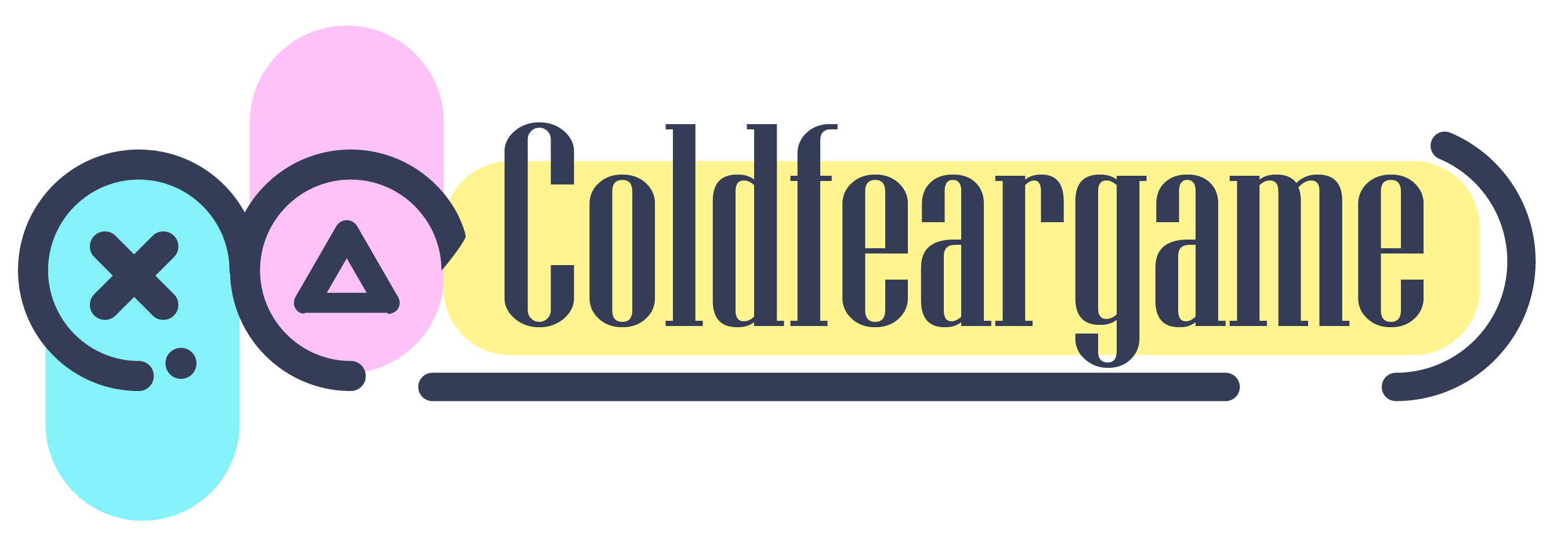If you’re striving to make data-driven decisions in your business, there’s a tool that can help you streamline this process: stacked charts. Stacked charts are a graphical representation of data where the various categories being measured are indicated by colors or patterns. It’s a potent tool that has the potential to punctuate your decision-making strategies with hard facts. Keep reading to learn more about stacked charts.
Demystifying Stacked Charts
Alt Text: An image showing an example of a stacked chart
At the core, stacked charts are simply a variation of bar charts or line charts. Essentially, these graphs organize and display data series on top of one another, creating a cumulative representation of various categories. This visual format makes it possible to perceive individual values as well as the whole.
By grouping data into ‘stacks,’ users can simultaneously analyze the total sum of all series while also viewing the individual contribution of each segment. This unique feature makes stacked charts an essential tool for detailed data exploration and comprehensive analysis.
Stacked charts also enable easy comparison of different groups. The length or height of each stack directly represents the total value of all data series within it. This feature, combined with the clear distinction of separate data groups, allows for quick and accurate comparisons.
Many may wonder about the differences between the normal and 100% stacked charts. The normal version accumulates the raw values of the data series, whereas the 100% version represents each class as a percentage of the whole. Depending on the data being analyzed, one may be more useful than the other.
Ideal Uses of Stacked Charts in Data Visualization
Stacked charts are a versatile tool in data visualization. They can be ideal for combining and comparing multiple data series, which may be difficult to analyze on separate graphs. These factors make stacked charts particularly useful when dealing with complex datasets with multiple categories or subcategories.
Stacked bar charts can display data over time, making it easier to identify trends and patterns. They also allow for part-to-whole comparisons, which can reveal the relative contributions of different elements to a total sum. This makes them a great tool for understanding and communicating data relationships.
Stacked charts are also ideal for handling negative values. In situations where data can fall below zero, stacked charts provide a clear visual cue of this occurrence, unlike other chart types. This gives users a straightforward way to comprehend both the magnitude and the direction of data changes.
In addition, stacked charts can serve well to visualize data occurrences at multiple levels. For instance, they can demonstrate how different segments contribute to the total value of a category and how these contributions change over time. Consequently, they suit well for data comparison over specific periods.
Successful Use of Stacked Charts in Business
Alt Text: A business professional gathers data for a stacked chart
Stacked charts have found numerous successful applications in the business world. Consider a hypothetical software company that requires insights into its product sales. Here, stacked charts could visually decompose total sales into contributions from different units, providing a clear picture of each product’s performance and enhancing data-driven decisions.
This solution enables management to assess sales dynamics at a glance. In a single view, they can discern the top-performing products, the underperformers, and how their performances contribute to total sales. With such insights, the company can make informed strategic decisions regarding production, sales, and marketing efforts.
Besides sales analysis, stacked charts can also serve in other business scenarios. For instance, project managers may utilize them in project planning and control. By stacking project tasks over time, they can view at a glance the cumulative work done, remaining work, and adherence to schedules. As such, they can promptly rectify any deviations from the plan and keep things on track.
These examples merely scrape the surface of what stacked charts can accomplish. Realistically, the use of these visual tools extends to any domain requiring a detailed understanding of how individual components contribute to a larger whole. The key is to recognize where and how these charts can assist data analysis efforts.
Altogether, stacked charts are a fundamental tool for enhancing data interpretation and comprehension. Their unique design facilitates detailed exploration of complex datasets, revealing both individual and total values. Understanding and effectively utilizing stacked charts offers an immense advantage in the world of data analysis, bringing clarity to our data-laden surroundings.


